Web 3.0 - The Evolution, Important New Features, And Reception Of Web 3.
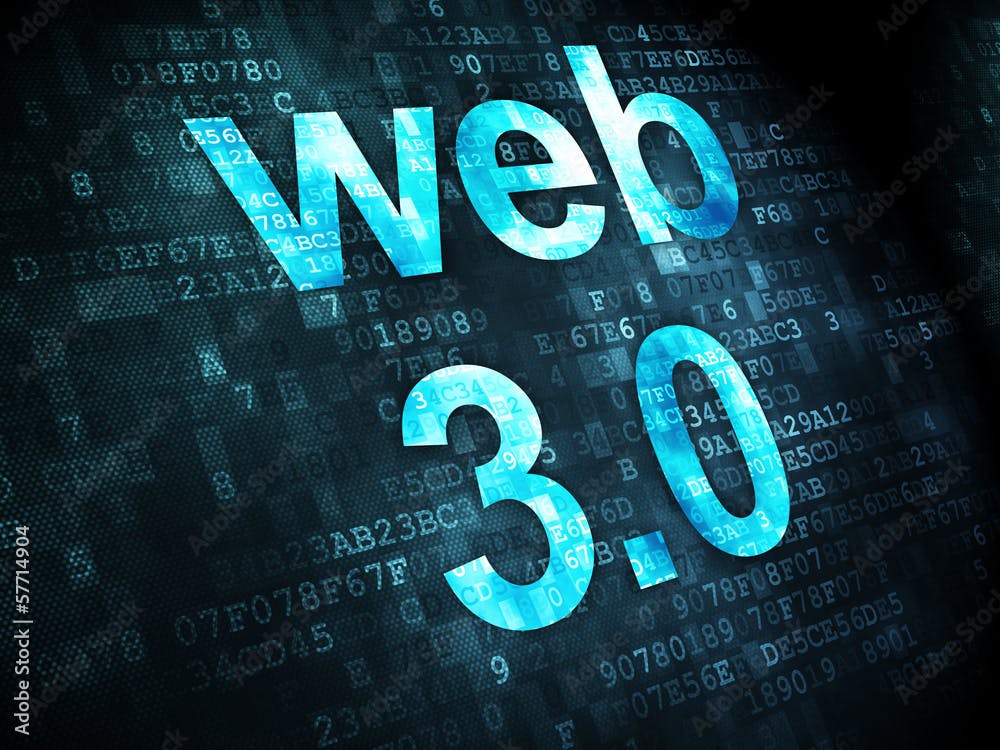 Image by Maksim Kabakou from Adobe Stock
Image by Maksim Kabakou from Adobe Stock
The web as we know it today is a far cry from where it began. Constantly evolving, the difference between the modern web and almost two decades ago is glaring. Right before our eyes, the current web is again changing. Considering the way the internet plays a significant role in the affairs of many today, should you be concerned that a change is occurring even as you read this?
Web1 brought the internet that we all use today. Then it evolved, and along came Web2 and the arrival of social media. For several years now, a shift has been taking place. Tech enthusiasts have been talking about Web3, the next big step in the evolution of the internet.
So, what exactly is it? How is it different from Web1 and Web2? Does it present any benefits? And does it matter? In this article, I will explore these questions and what Web3 proponents hope to achieve to help you better understand Web 3.0.
Evolution of the Web so Far
Over two decades, the web has grown in leaps and bounds compared to where it all began. The functionalities we access currently on the web liken almost to day and night when we compare it to its early years. To better understand Web3, a need exists to discuss the first two stages of the web: Web1 and Web2.
Web 1.0
Web 1.0 refers to the birth and early years of the web. This era was from about 1994 to 2004. Consisting of websites that only gave static text or image content rather than dynamic HTML, these sites were not particularly interactive. And this was because rather than assessing data and other content from a database, they came from static file systems.
At that time, the web protocols were HTML, HTTP, and URL. With a few content creators and personal web pages being more common, the majority of users on Web 1.0 were just consumers. These individually owned web pages were static and hosted on free hosting services or the ISP web servers.
Navigator was one of the first browsers, and it came from a company known as Netscape. It had a large percentage of the market and was the go-to for users searching the web. But it slowly disappeared as Microsoft developed and released the Internet Explorer to Microsoft Windows PCs. Navigator became an open-source product starting the Mozilla project, resulting in the development of the free Firefox.
An example of web pages in Web 1.0 is Yahoo GeoCities. It was a popular web website hosting carrier that gave users a small web space (about 2 megabytes) for free.
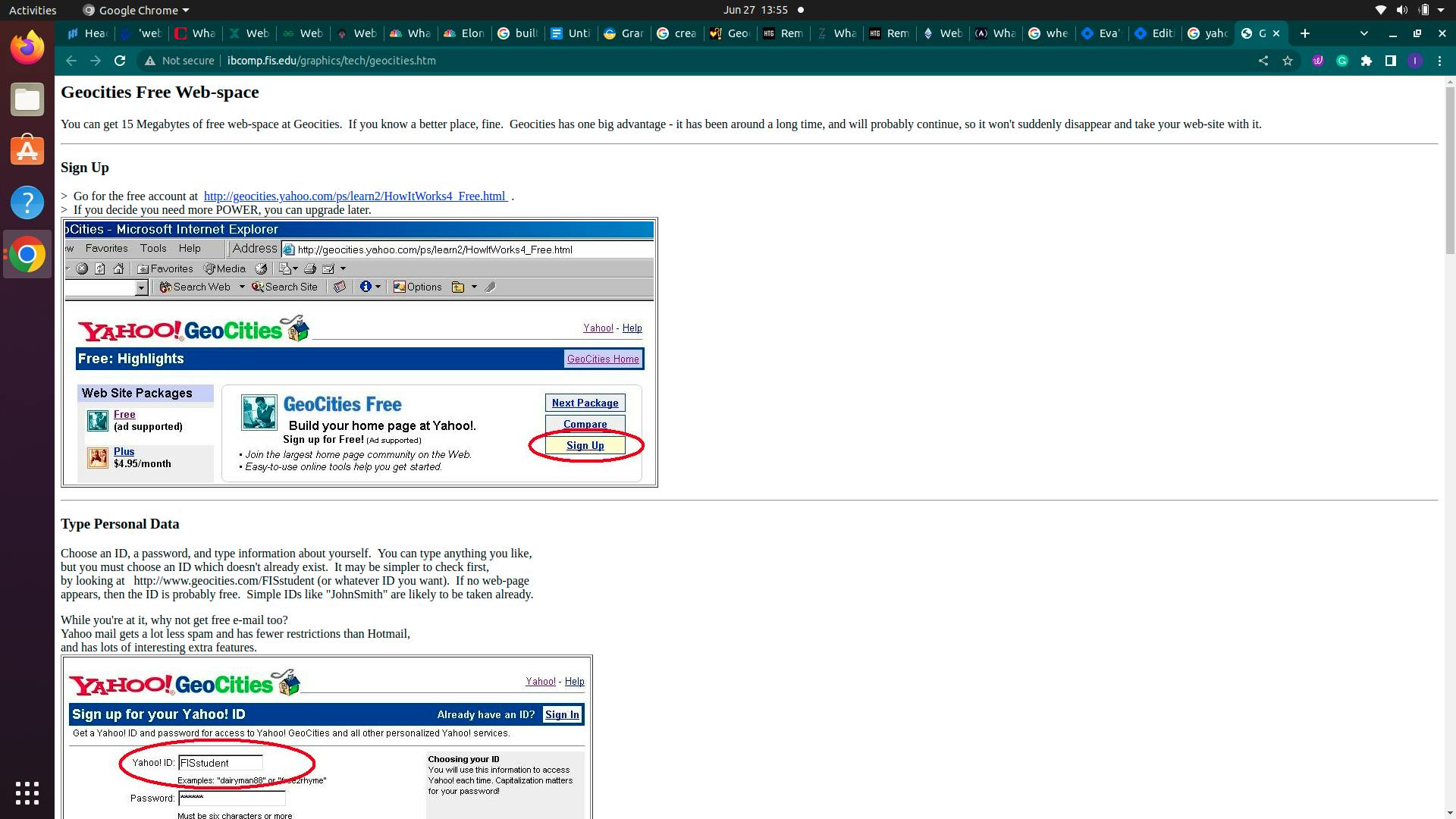
Yahoo GeoCities served as a precursor of sorts to modern social media. At its peak, it was one of the most visited web pages in the world, acting as a primary social network. It shut down in 2009. Fortunately, here are examples of that era captured for the future.
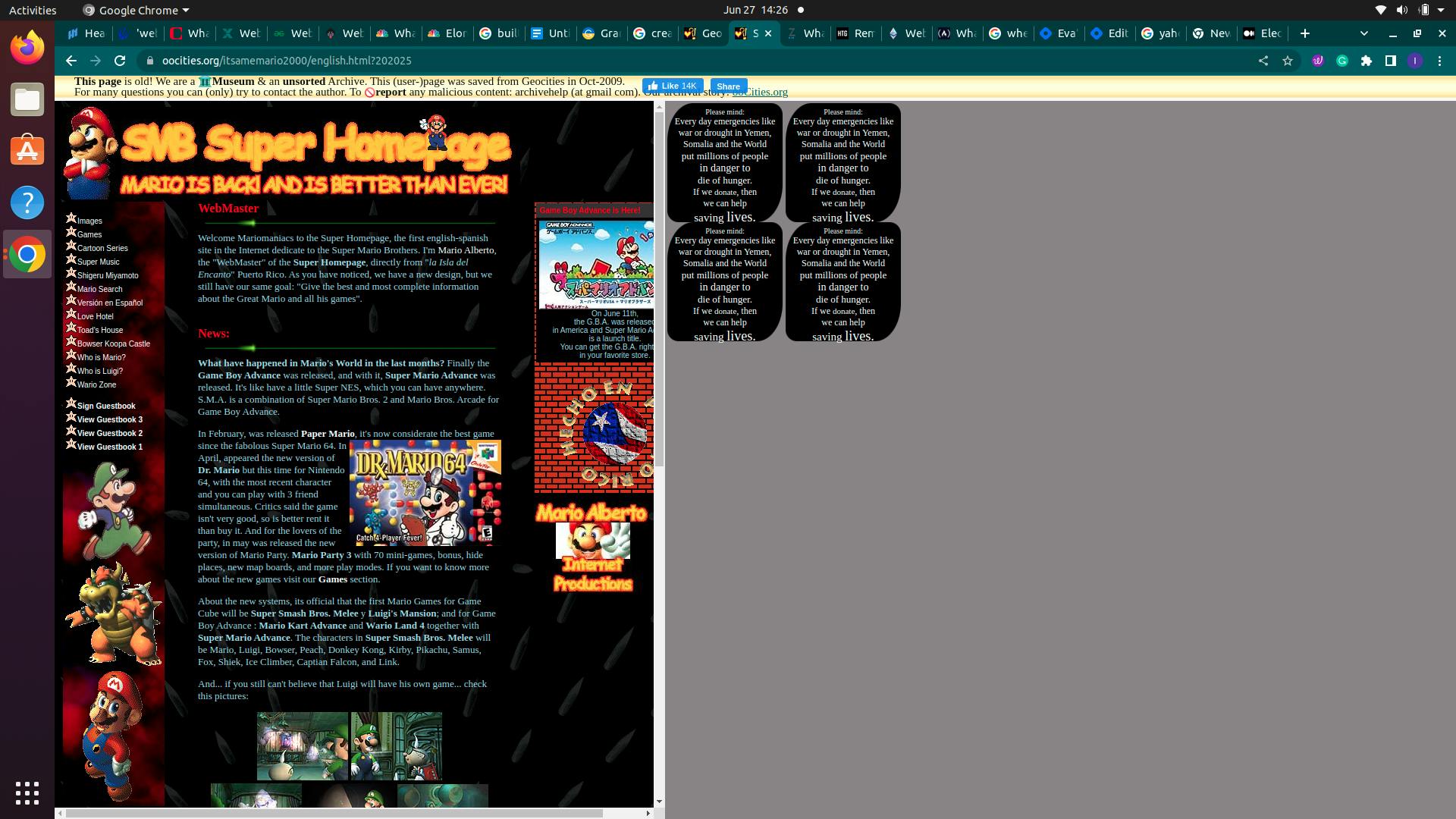 A Super Mario fansite created by Mario Alberto
A Super Mario fansite created by Mario Alberto
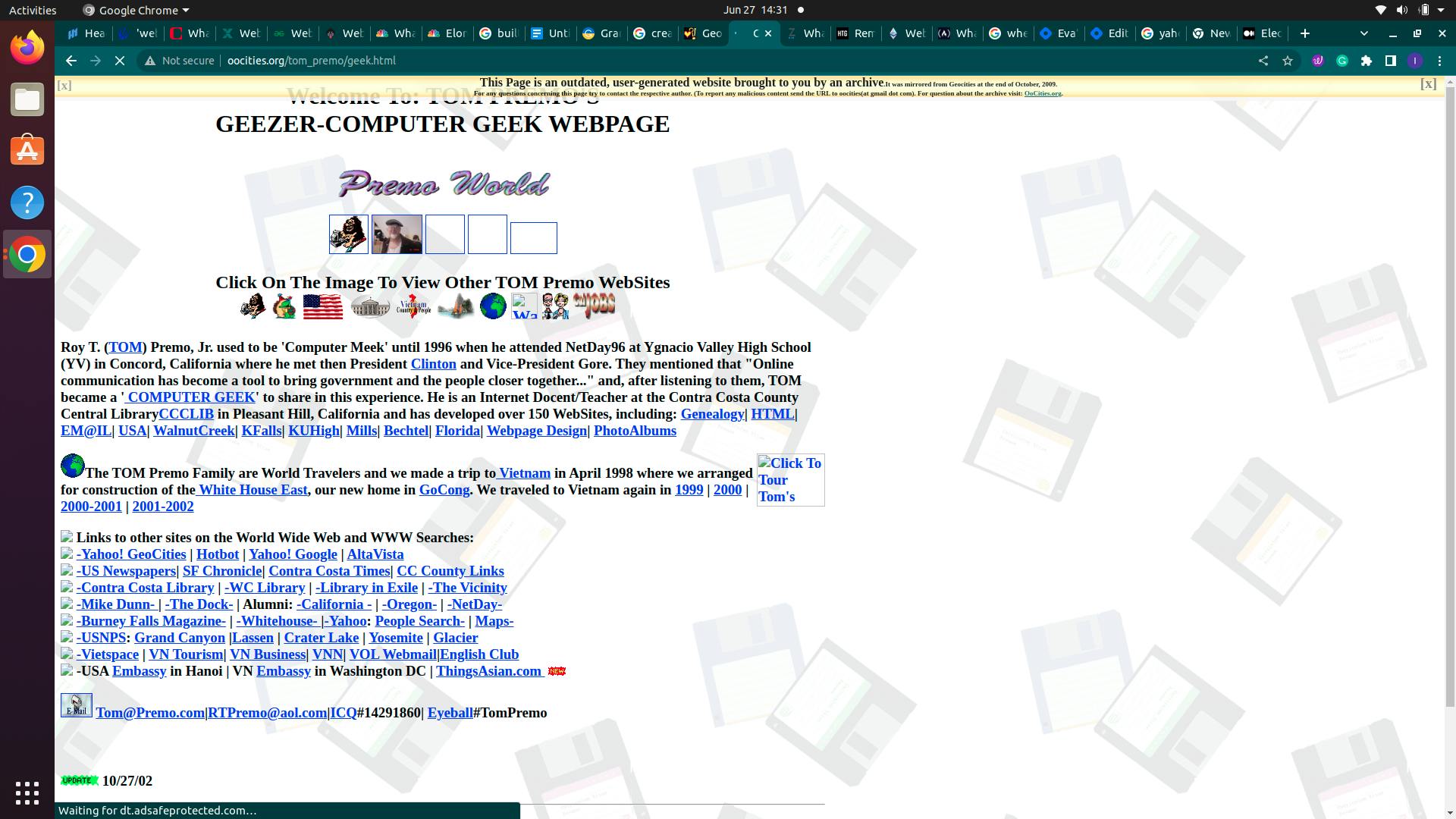 An enthusiast site by Roy T. (Tom) Premo, Jr.
An enthusiast site by Roy T. (Tom) Premo, Jr.
Features of Web 1.0 include:
- Read-only content on static pages.
- No user interaction, comments, or feedback.
- The server’s system file served the contents.
- Pages built with either Common Gateway Interface (CGI) or Server Side Includes.
- Elements on a page were put in position using tables and frames.
- Updating users and maintaining the websites were duties a webmaster handled.
Web 2.0
 Image by Mybaitshop on Adobe Stock
Image by Mybaitshop on Adobe Stock
If you are currently reading this on the internet, then you are experiencing the web in the form of Web 2.0. Although Darcy DiNucci coined the term Web 2.0 in 1999, it only became commonly known in 2004 when Tim O'Reilly and Dale Dougherty held the First Web 2.0 conference. As the internet became more accessible and popular after 2004, published content became more user-generated.
Web 2.0 is popularly known as the interactive and social web. To engage in the creative process in Web 2.0, users do not need skills as a programmer because many applications exist to allow anyone to create content. Facebook (recently known as Meta), Twitter, and Youtube, are some of the pioneers of the interactive web.
While the web is doing great as it is, certain areas have raised concerns in recent times. Users do not have control over their personal information and data. The management of data on the web is given to organizations because Web2 is centralized. As you would expect, there have been many cases of data breaches and infringements. It is not far-fetched to believe that all users may have had data breaches in one way or another.
Features of Web 2.0
- Dynamic and interactive content.
- Users can collect and categorize freely available information.
- Comments and feedback allow information to flow between site users and site owners.
- APIs allow software applications to interact.
- AJAX and Javascript are the common frameworks for building Web 2.0 sites.
The Social Web of Web 2.0
Online platforms and tools allow people to air their thoughts, experiences, and opinions about any and everything abound on the Social Web. Because of its highly interactive applications, end users both use and participate in the activities of Web 2.0. Users use any number or all of the platforms or tools below:
- Social Media
- Blogs
- Podcasts
- Messengers
Web 3.0
 Image by XtravaganT on Adobe Stock
Image by XtravaganT on Adobe Stock
Whereas Web 2.0 is more about user-generated content, Web 3.0 focus on decentralized user-generated content. In Web 3.0, data will be shared and not owned as in Web 2.0. The change in the evolution from Web 2.0 to Web 3.0 will majorly affect the back end. Hence, it implies that the user interface will remain largely untouched while the background processes would change.
There is a belief that Web 3.0 will handle data in a way that is not achievable by currently existing engines such as Google. This view may be correct if seen from the angle of machine conception as against human understanding. Web 3.0 will make usage of declarative ontologic languages like OWL essential.
Usage of these languages will enable machines to reason about information and arrive at a conclusion, not just give results that match keywords. In effect, Web 3.0 may act as a partly independent agent able to utilize unique resources. In addition to thousands of processors, 3.0 systems will also use Big Data analytics.
Utilizing this will evaluate the experiences of numerous users while also matching products or services according to an individual’s taste. That means Web 3.0 will think about what users relish or want as interpreted from the data shared. This thinking ability take advantage of expanded information connectivity, data sets, and increased processing power.
Features of Web 3.0
 Image by Vectorjuice on Freepik
Image by Vectorjuice on Freepik
- Decentralization of data.
In Web 1.0 and Web 2.0, users gain access to a URL via HTTP because data is centralized. This URL connects to a particular server that likely pulls content from other similar systems. However, with Web 3.0, there is a complete change. By using cloud computing, web servers can extract data from distributed systems and multiple sources. In essence, the decentralized net is built on a network of users and based on a peer-to-peer community. Instead of using a group of high-powered servers, this community could host applications and sites with their internet-connected devices.
- Semantic Web
The Semantic Web will be a crucial part of the future development of the Web. It refines the process of web technology based on its ability to understand the structure and meaning of words, as opposed to keywords and numbers, through search and analysis.
- Interconnectivity and Ubiquity
Due to the connectivity of information in the Semantic Web 3.0, users' experience is on another level because it takes advantage of all available information. Users may use services anywhere since multiple applications can access content, and most devices already link to the web. Also, a part of Web 3.0, the Internet of Things (IoT), connects everyday items.
- Artificial Intelligence
In Web 3.0, integrating artificial intelligence with language processing will allow computers to dispense suitable and faster answers. This is due to the ability to differentiate information like humans, making them intelligent to meet the demands of users.
- Trustless and Permissionless
Web 3.0 functions as a trustless and permissionless system. In this sense, trustless hints at the fact that no need exists for a trusted gatekeeper, while permissionless suggests that anybody may participate with the approval of any governing body. Instances of such trustless and permissionless systems are the metaverse implementations users create.
- DLT and Smart Contracts
An almost hack-proof database is possible with the assistance of DLT in Web 3.0. By integrating smart contracts based on the data from the DLT, this technology will enable a trustless society because there is no requirement for a guarantor as a middle man.
- 3D Graphics Web 3.0 features the use of three-dimensional designs in websites and services. For instance, geospatial contexts, computer games, and e-commerce utilize 3D graphics.
Limitations of Web 3.0
As with most things, Web 3.0 faces some limitations currently. Theses include:
- Accessibility
- Cost
- Scalability
- UX
Reception and Perception of Web 3.0
The next logical step in the evolution of the web sounds promising. One would therefore assume that everyone must be anticipating it, right?
Actually, no. Some high-profile people have been openly critical of Web 3.0.
On 20 Dec 2021, Elon Musk tweeted a TikTok of David Letterman interviewing Bill Gates about the internet in 1995. Musk tweeted the next day again, saying, “Has anyone seen the web3? I can’t find it.”

Jack Dorsey, the former Twitter CEO, has questioned if Web 3 will be as free and open as many desire while hinting that it may already be under the control of an early Facebook backer and a proponent of Web 3.0, Andreessen Horowitz.
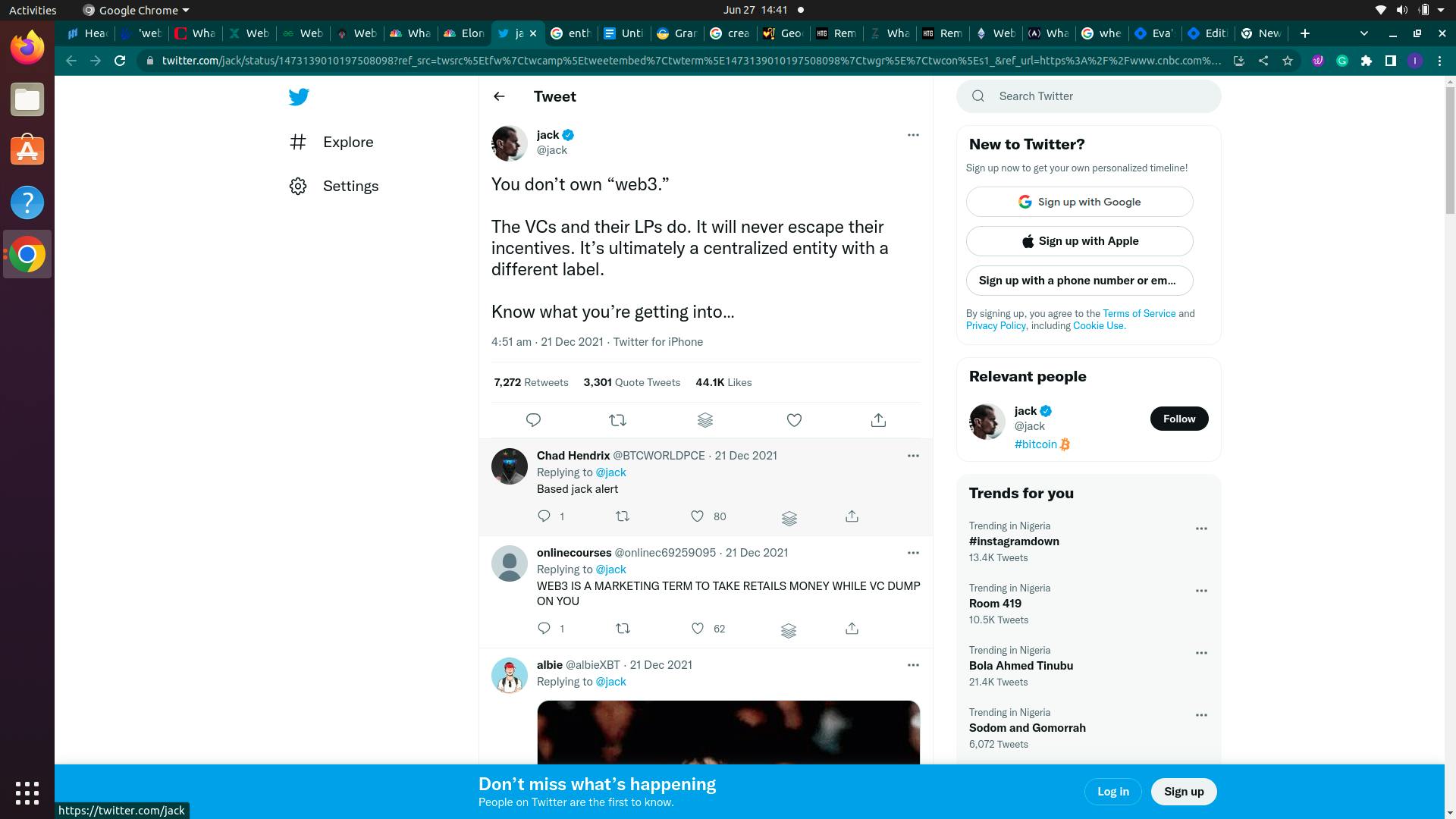
His tweet got a backlash from the believers of the Web 3 concept, with some highly disagreeing or outrightly saying he is wrong. In a subsequent tweet, Dorsey said that the people are not the problem but the VCs. He retweeted a meme showing how Web 3 would make the VCs rich.
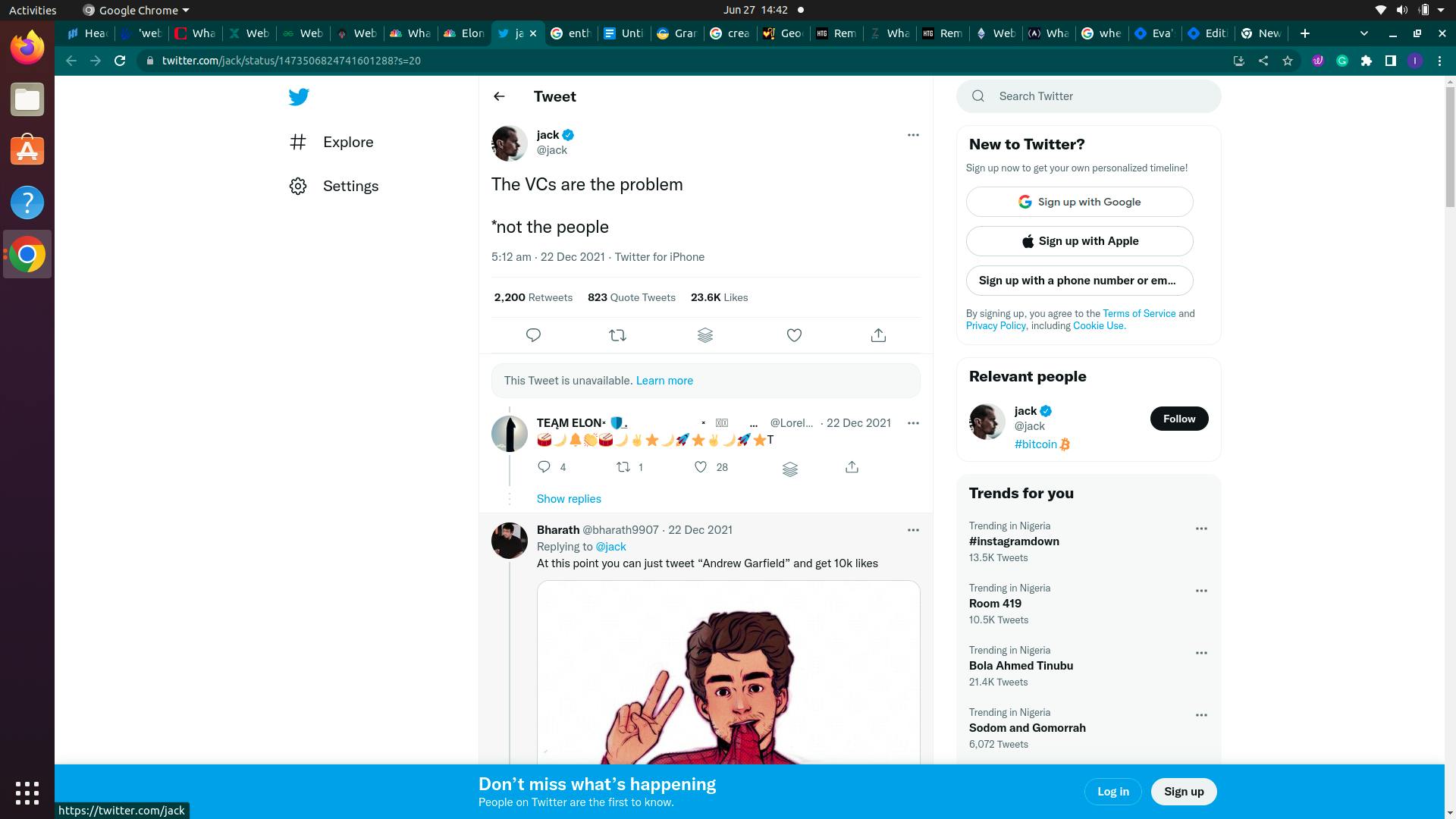
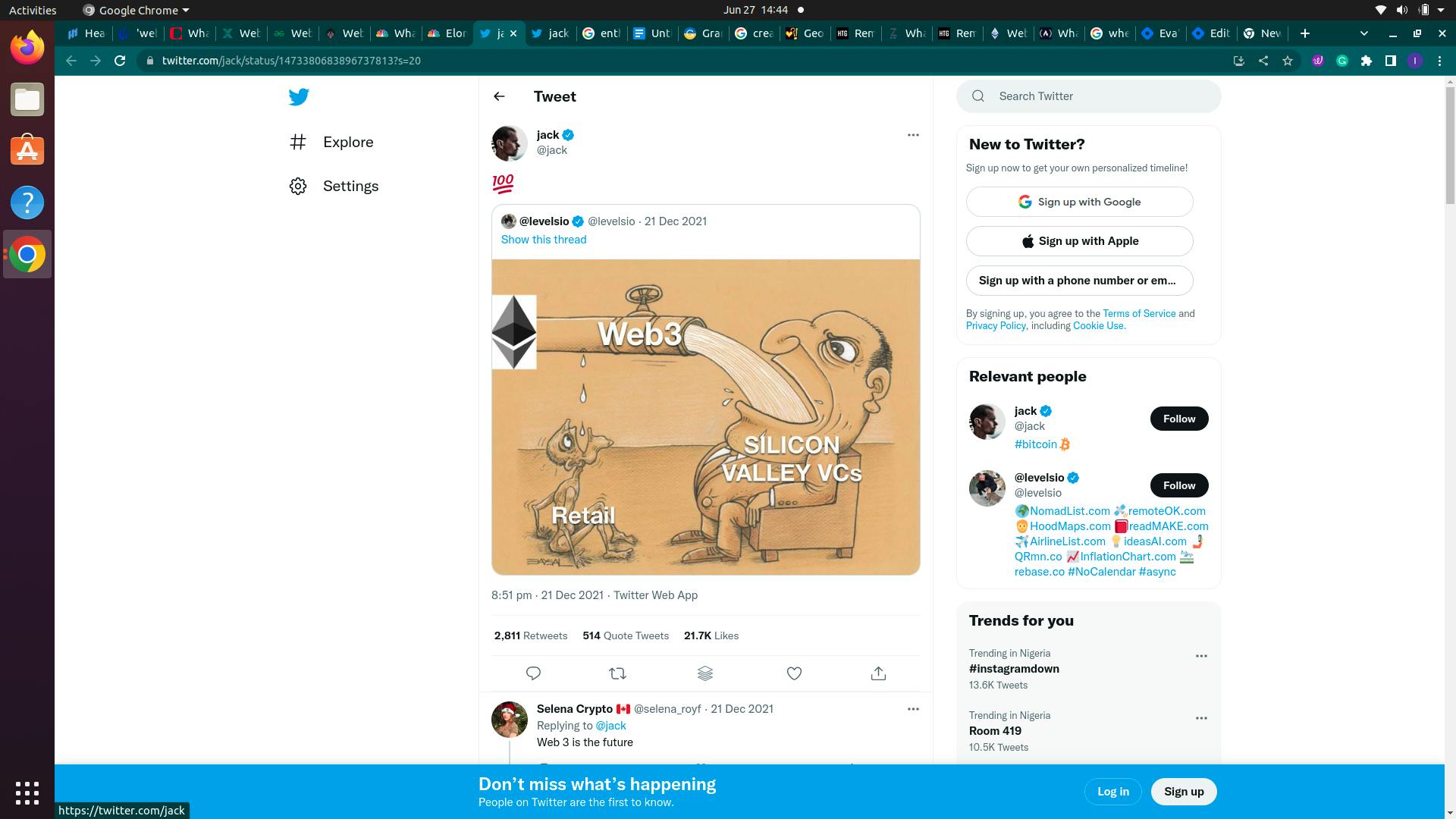
Other people do not support the concept of Web 3 because its supporters intend to build it using blockchain, which is energy intensive and results in carbon emissions that accelerate climate change. For instance, the Bitcoin blockchain has an energy consumption similar to Finland. Although, other blockchains that run on a proof-of-stake algorithm rather than proof-of-work are less energy intensive.
Examples of Web 3.0 Applications
Some examples of Web 3.0 in practice are:
- Bitcoin - The original cryptocurrency that runs a decentralized protocol, though not all of its ecosystem is and has been around for over ten years.
- OpenSea - Is an NFT buying and selling marketplace built on the Ethereum blockchain technology.
- Everledge - This is an authenticity, provenance, and supply chain that runs on blockchain technology.
- Diaspora - This is a non-profit decentralized social network.
- Sapien - Is also a decentralized social network built on the Ethereum blockchain technology.
Other applications include Siri, Brave browser, Wolfram Alpha, Filecoin, etc.
Final Thoughts
 Image by Glen Carrie on Unsplash
Image by Glen Carrie on Unsplash
Web 3.0 proposes to be all about user control and ownership, although opinions somewhat differ on this possibility. The foundation technology for applications running on Web 3.0 is blockchain technology. Though Web 3.0 is still a work in progress with a somewhat hazy definition, its core principle is decentralization. And, to some level, a connection to the “metaverse” concept.
Some people argue that while Web 3.0 is possible, it will be something that comes to actualization in decades to come due to certain present limitations.
How true is this? Well, we will have to wait and see.